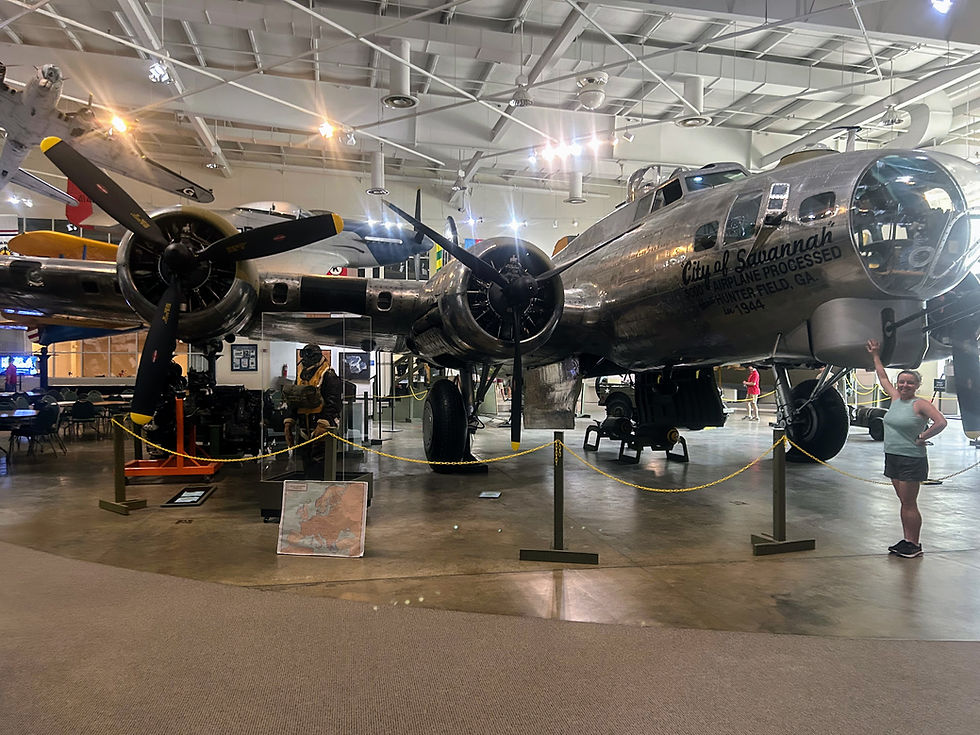The Surprising Link Between War and Education
- Laci Barry Post
- May 26, 2023
- 2 min read
Updated: Aug 3, 2023

For the past couple of weeks, I have been researching the history of education in Georgia for an upcoming book series. While the subject may sound dull, it has been enlightening, and one of the most surprising aspects is how war advanced our education system!
The Civil War brought on the first major change. After the war, there was a great push for education for African-American students in the state. A report by the United States Department of the Interior about the history of public elementary and secondary schools in Georgia says that newly freed slaves were offered free educational opportunities for their children from such groups as the Freedmen’s Bureau and the American Missionary Association. Many schools for African-American students were formed, and in 1865, black leaders also established the Georgia Educational Association, which supervised schools, made school policies, and raised funds for two-thirds of the African-American schools in the state. By 1867, there were nearly 100 African-American schools in Georgia. While the road to equal and quality education for African-American students would be long and arduous, this was the beginning and a major improvement for the state’s school system.
The link between the Civil War and education is evident, but the link between World War 1 and education is less expected. According to the United States Department of Interior, many Georgians were rejected for service in World War 1 due to physical ailments. To help remedy this for any future conflicts, the State of Georgia passed the Kea Act in 1920, which required every school-age child to take thirty minutes of physical education each school day. I would have never imagined that PE was a result of World War 1!
World War II and the following Cold War brought further positive changes to Georgia’s education system. As World War II approached, the US government saw the need to prepare defense workers in vocational educational programs. Funds were issued for equipment and for rural youth to receive training in the operation and maintenance of farm equipment and tool specialization. All students were given more instruction in math and science because of the Cold War and the desire to beat the Soviet Union in the weapons race. The National Defense Education Act of 1958 placed an even greater emphasis on science, testing, and foreign languages to strengthen the United States’ position in world affairs.
While all the wars in our country’s history have been horrific, it is good to know that good did come out of them. Education in Georgia and throughout the United States changed and advanced as a direct result. If you would like to read the United States Department of Interior’s report for yourself, it can be found here - https://www.dca.ga.gov/sites/default/files/historicschools.pdf.
“School was the one subject Ava always knew to go to her father about first. His education was important to him, and he was determined that all of his children would have the same opportunities and values for books and learning as he did.”
Songbird, Chapter 35




Comments